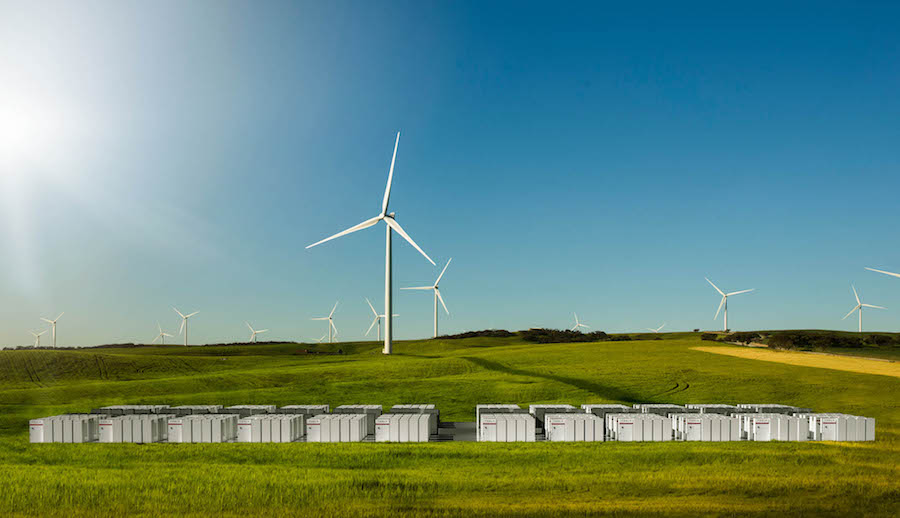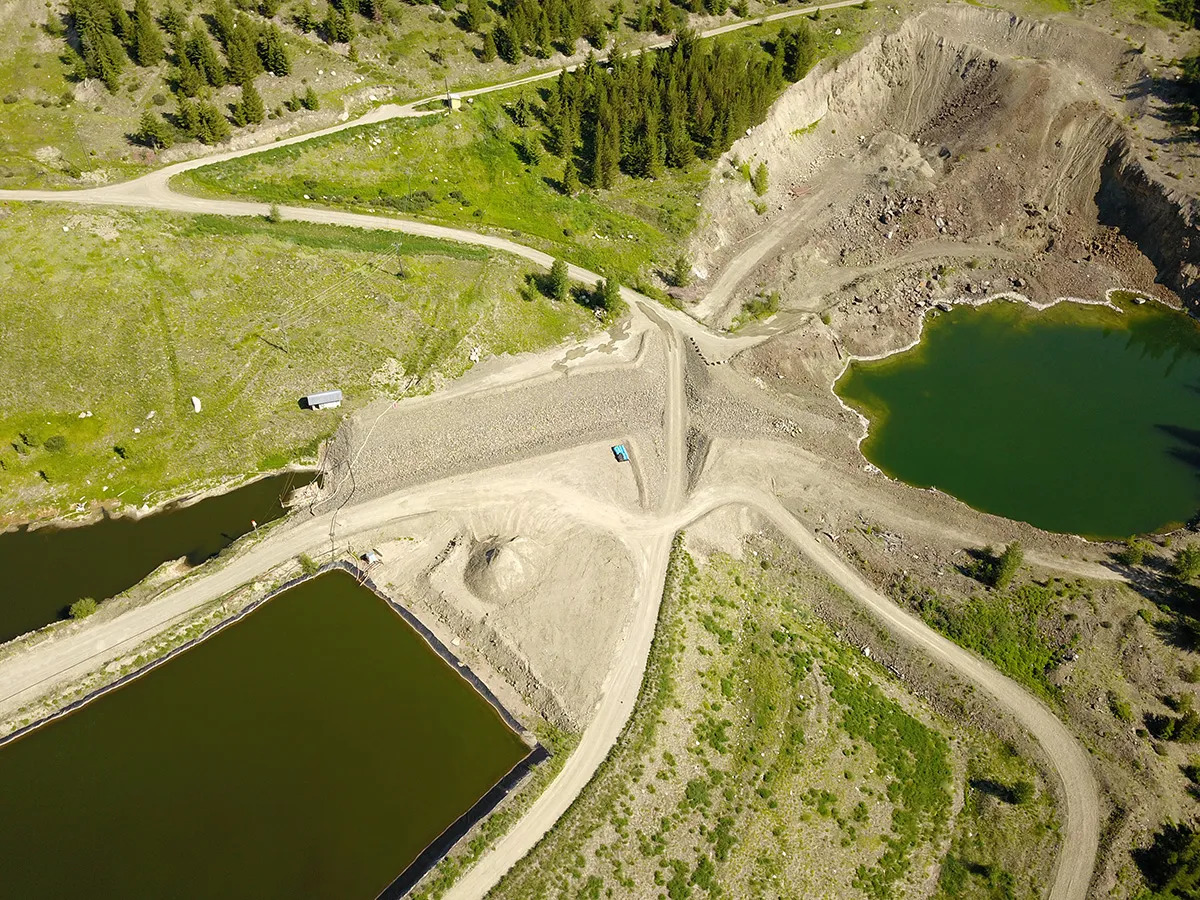Two years on, Elon Musk’s big battery bet is paying off in Australia

Two years after Tesla Inc. installed it, the world’s biggest lithium-ion battery is helping to avert blackouts and lower costs as Australian grids struggle to handle surging renewable power generation.
The Neoen SA-owned Hornsdale Power Reserve has responded to three major system outages, helping to restore stability to the network and lower the costs of running the grid, engineering consultant Aurecon Group said Friday. The battery started in 2017 after Elon Musk famously won a bet that he could get a 100-megawatt system up and running in 100 days to help solve a power crisis in South Australia.
South Australia is seen as a global testbed in the transition away from fossil fuels, with the state getting more than half its power from renewable sources last year
Hornsdale and other grid-scale batteries offer a way to tackle the variability of wind and solar power, and South Australia is seen as a global testbed in the transition away from fossil fuels, with the state getting more than half its power from renewable sources last year.
Confidence in the global energy storage market faltered in 2019, mainly as a result of fires in South Korean installations, with global growth shrinking for the first time ever, BloombergNEF said Thursday in a report.
Hornsdale “demonstrates at scale the potential for battery storage to provide fast-acting supply and demand balancing,” Aurecon Managing Director Paul Gleeson said in a media release. That “is critical to maintaining consistent frequency for grid stability and improving integration of renewable energy.”
Batteries smooth out power flows which can threaten network stability when they become volatile. The Tesla battery can respond to these frequency events much more quickly than coal or gas-fired generators, which have traditionally performed the role in Australia, and at a much lower cost, said Garth Heron, Neoen’s head of development in Australia.
“The grid has a heartbeat that needs to be regulated,” Heron said in an interview. “I think there will be a faster battery roll-out than most people expect. They really are able to solve a multitude of problems.”
Hornsdale reduced network costs by about A$116 million ($76 million) in 2019, according to Aurecon, savings Heron said would be passed on to businesses and households in the state. The battery’s introduction also slashed the cost to regulate South Australia’s grid by 91%, bringing it in line with other regions in the nation, according to Aurecon.
“Not only has the Hornsdale Power Reserve identified how batteries can physically help the grid, it has also showed how they can make money along the way,” BNEF analyst Ali Asghar said. “More importantly, it has boosted investor confidence in the storage market by showing developers how revenues from different power based services can be stacked to build a business case for storage in Australia.”
Paris-based Neoen will add a further 50 megawatts of capacity at Hornsdale this year and has ambitious plans for a giant renewables hub at Goyder South, also in South Australia, which would incorporate 900 megawatts of battery storage. Tesla has installed three big battery systems across Australia.
(By James Thornhill)
More News
Botswana targets rich young Americans with big, natural diamonds
The country is aiming at buyers of more expensive jewellery, while highlighting that its gems can be traced back to Botswana mines through blockchain technology.
March 15, 2025 | 02:07 pm
Barrick fined for releasing excessive cobalt into British Columbia river
The fine relates to 17 separate incidents between 2021 and 2023 at the now-closed Nickel Plate gold mine.
March 15, 2025 | 01:58 pm
{{ commodity.name }}
{{ post.title }}
{{ post.excerpt }}
{{ post.date }}



3 Comments
Peeter Roo HUNT
I would really appreciate some realistic opinions as to how practical this operation would be in most other climatic situations ? You could interview BHP or Rio Tinto personell mining diamonds in NW Canada , how about –45C no sun for winter and little wind ..By some coincidence I am Ozzi live in Alberta and worked at both facilities Cheers ” ROO “
Mick
Its not a one-size fits all solution. But it certainly seems to be a good solution where is it now (in SA).
Just because it may not be good for NW Canada (for part/most of the year anyway), doesn’t justify being pro coal or oil in any widespread way (just because thats what that state (AL) produces).
However, for smaller, isolated projects (like remote mining operations up there) no doubt there will need to be small diesel etc powerplants to run those.
Note that most of the population in Canada lives near the border though, where batteries may be more useful (in windy/sunny places anyway).
Conversely (to Canada), Australia (what the article is mostly focussing on) is a perfect place for battery implementation into the grid: abundant wind and solar energy almost everywhere, yet most power production is from coal powerplants still! The (federal, and many state) government(s) is still in the stone age here, not even acknowledging climate change, let alone a focusing on renewable energy production, and associated infrastructure, like these batteries…when its possibly the best place in the world for them!
Good on Elon for helping out, I say.
Mick
Regarding other climatic zones: pretty much just need to follow the sun / latitude lines to see where they’ll work best (for solar) however wind production will be more specific/location dependent.
Regarding other elements of practicality: Ideally the battery banks will be placed close to population centres and energy production to minimize power transit loss. Luckily they don’t need to take up too much space, and could potentially even be placed right IN cities (where there is a high level of residential solar: to help balance those inputs through the night/cloudy-week etc.)